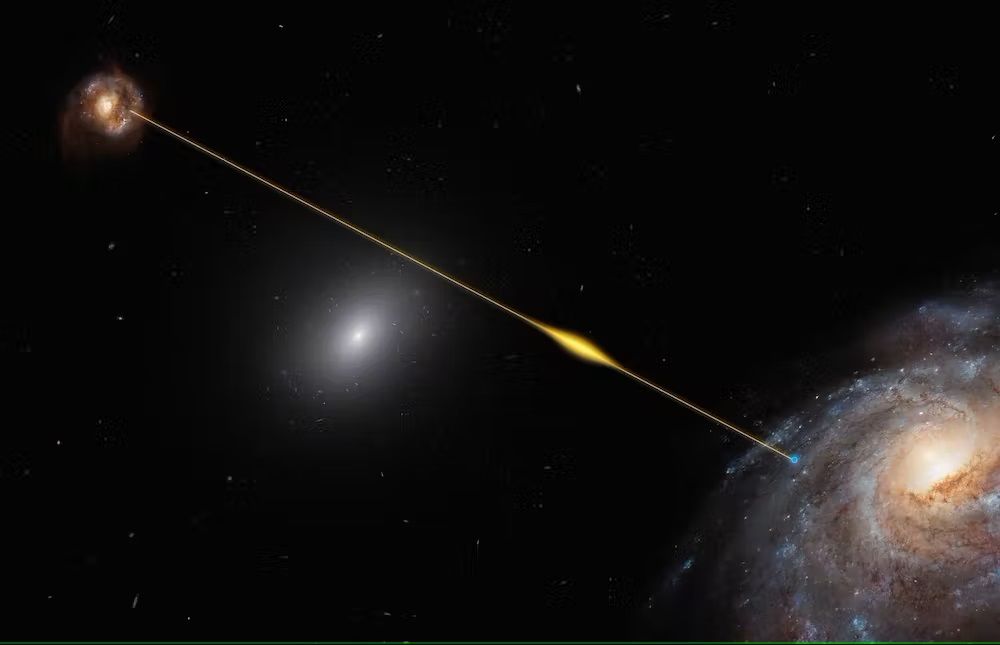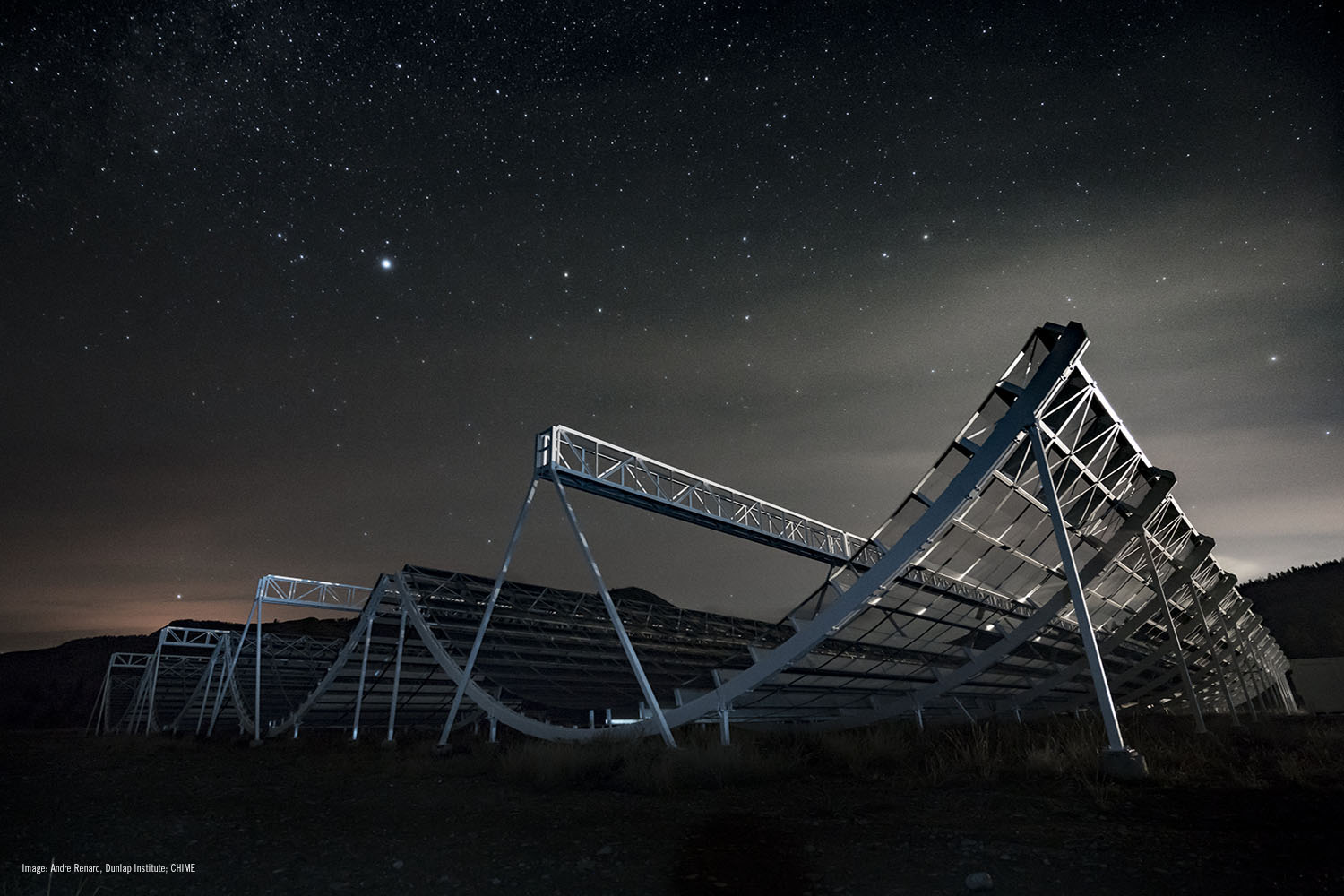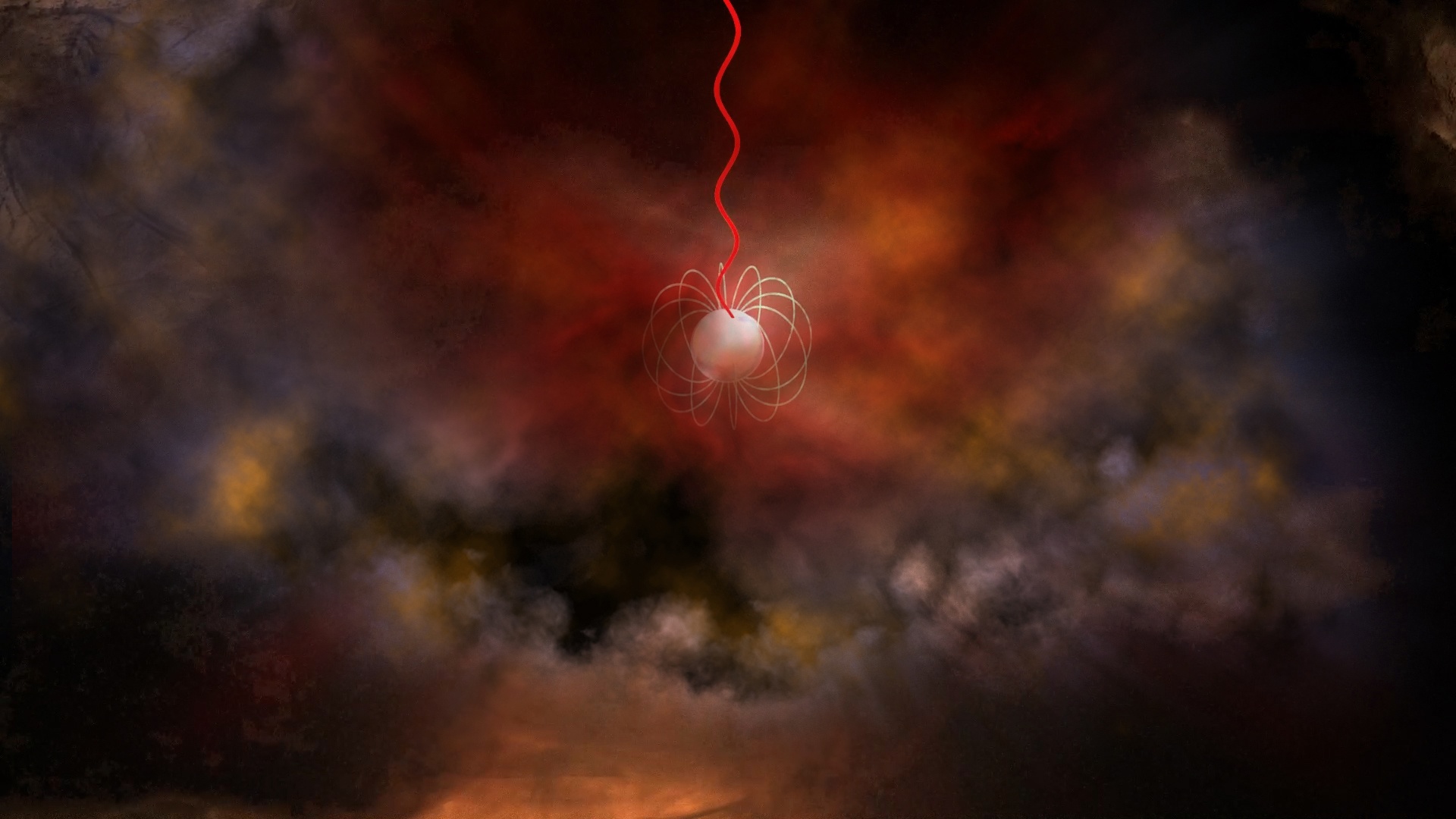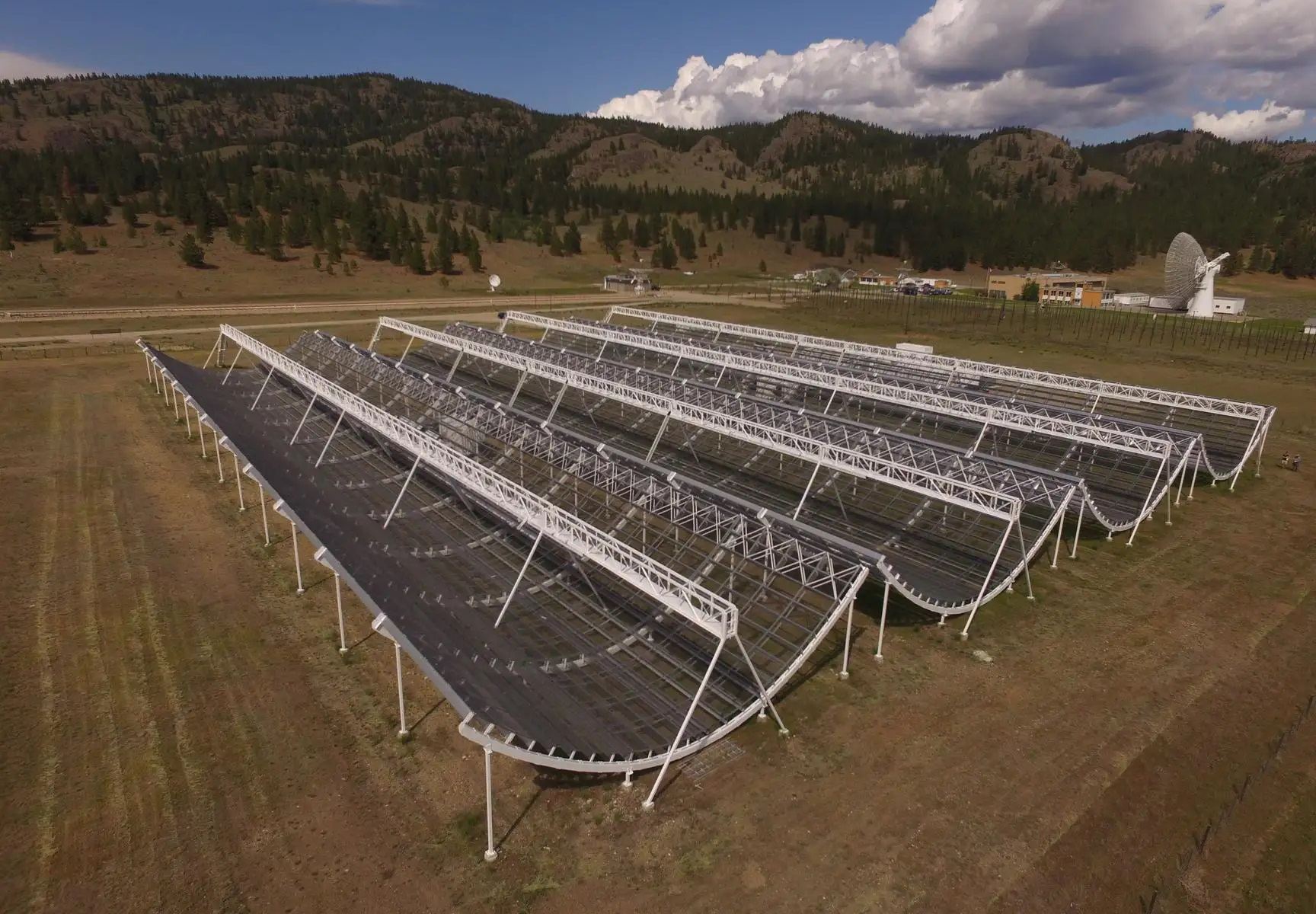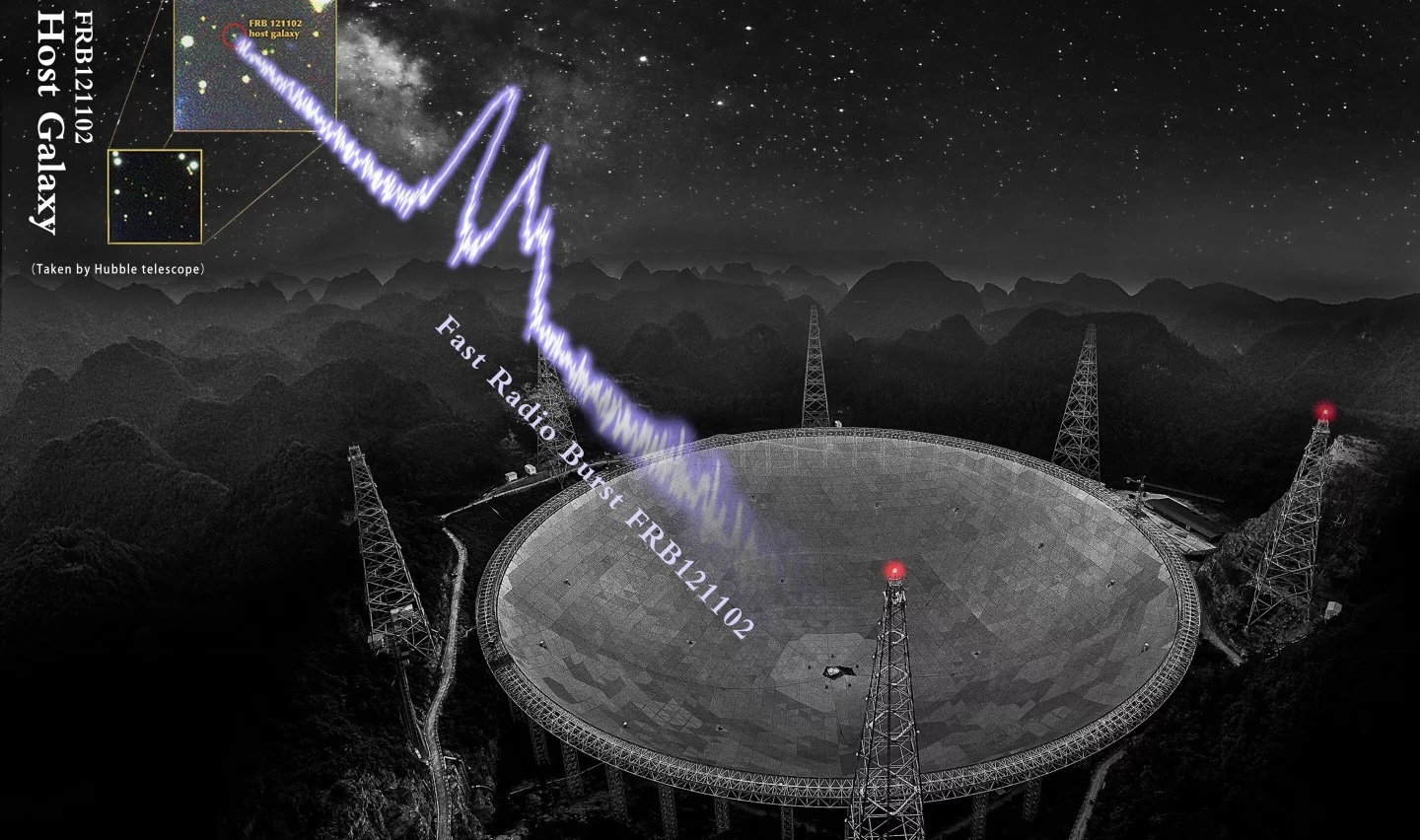A recent study published in Nature Astronomy examines the discovery of what astronomers are dubbing “ultra-fast radio bursts”, a new type of fast radio bursts (FRBs) that the team determined lasts for a mind-boggling ten millionths of a second or less. Traditionally, FRBs have been found to last only thousandths of a second, but this study builds on a 2021 study that hypothesized FRBs could possibly last for millionths of a second. This also comes after astronomers recently announced the discovery of the oldest and farthest FRB ever observed, approximately 8 billion light-years from Earth.
Continue reading “Now Astronomers have Discovered “Ultra-Fast Radio Bursts” Lasting Millionths of a Second”Now Astronomers have Discovered “Ultra-Fast Radio Bursts” Lasting Millionths of a Second


